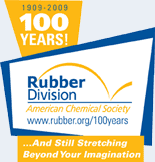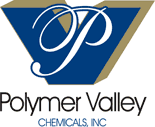![[ Visit ACS Rubber Website ]](images/logo.jpg) |
|
Centennial Elite SponsorsBecome a Centennial Elite Sponsor |
118 Anionic synthesis of liquid polydienes and their applicationsWednesday, October 14, 2009: 4:15 PM
327 (David L. Lawrence Convention Center )
Liquid polydienes are low molecular weight homopolymers or copolymers containing unsaturated carbon-carbon double bonds, which can participate in curing by sulfur or peroxides, along the polymer backbone or at the polymer chain ends. Polymers with molecular weights up to tens of thousands can be included in liquid polydiene class, but the common molecular weight range of diene resin is 1,000 to 10,000 g/mol. Even though liquid polydienes can be produced by a variety of polymerization methods involving free radical, cationic and coordination catalyst, anionic polymerization is one of the unique ways for the preparation of liquid polydienes because a variety of macrostructures and microstructures can be produced by controlling the polymerization conditions. Also in-chain and chain-end functionalizations of the liquid polydienes can be achieved by using properly protected functional agents, functionalized initiators, or terminators. Because of a high level of unsaturation of liquid polydienes, post polymerization modification of diene resin can provide functional groups randomly distributed along the polymer backbone chain or be saturated for better oxidation stability. Unfunctionalized liquid polydienes can be used for coatings, plasticizers, and coagents for peroxide cure, and functionalized liquid polydienes can be used for adhesion promotion, dispersing aids, and as prepolymers for polyurethane synthesis. This review is restricted to the synthesis, structure-property relationships, and applications of liquid polydienes prepared by the anionic polymerization method. Also, the liquid polydienes covered by this paper should not be confused with latex or liquid dispersed polymers.
|









